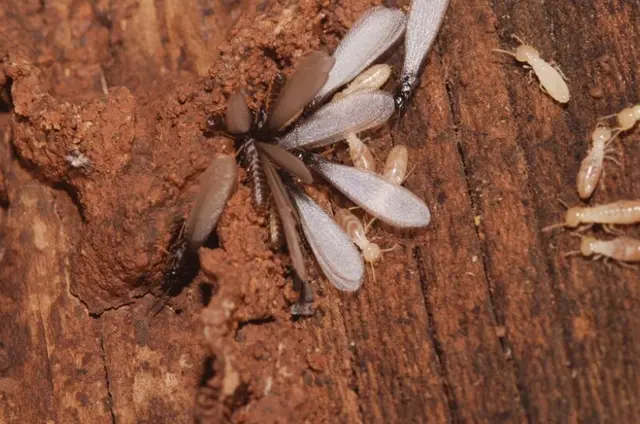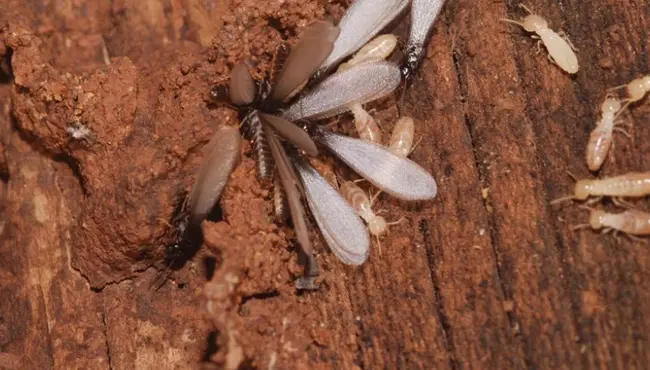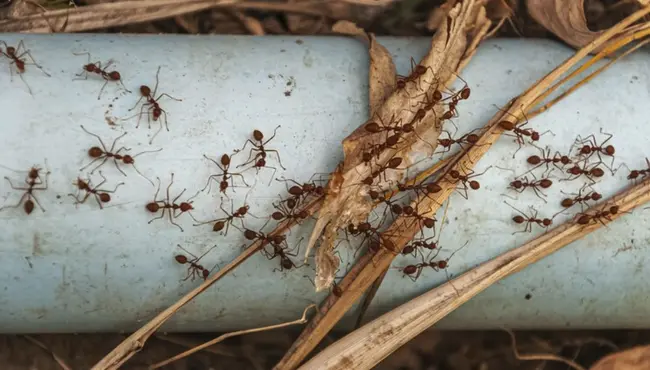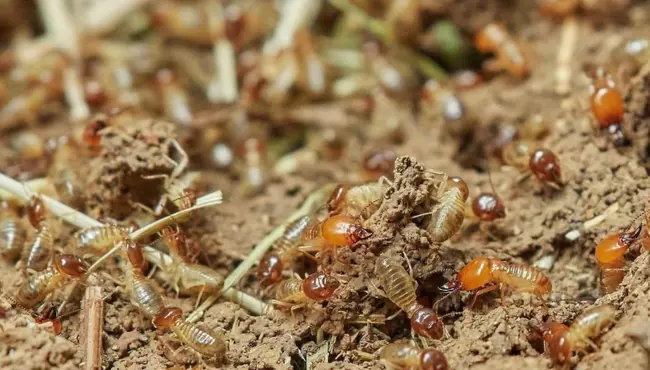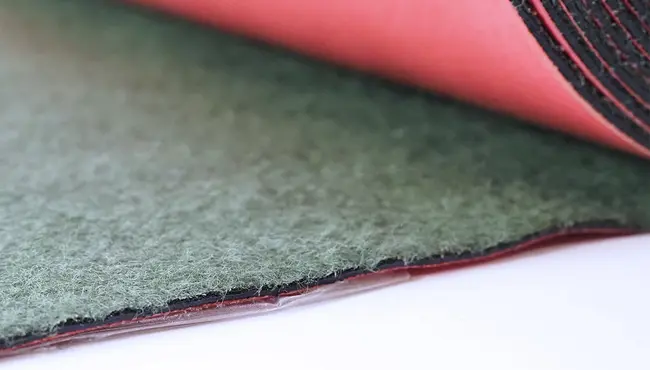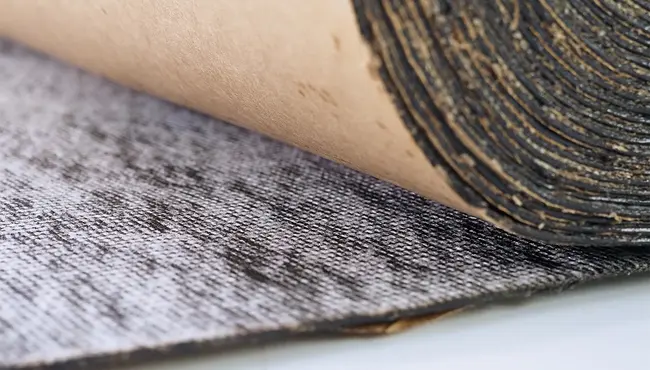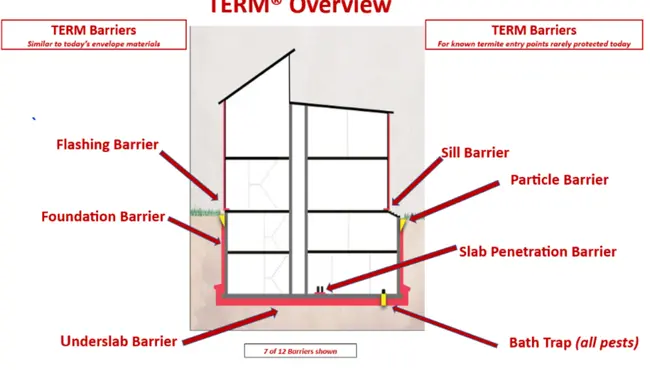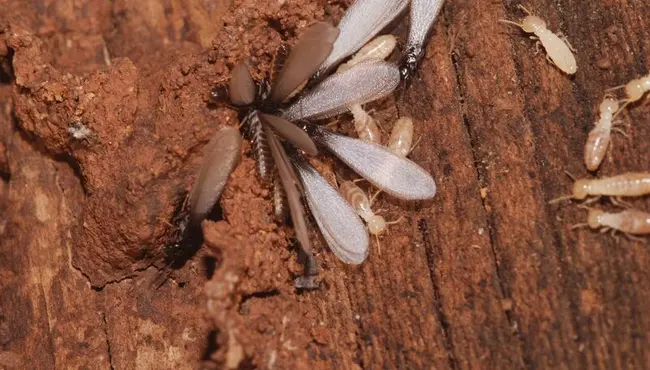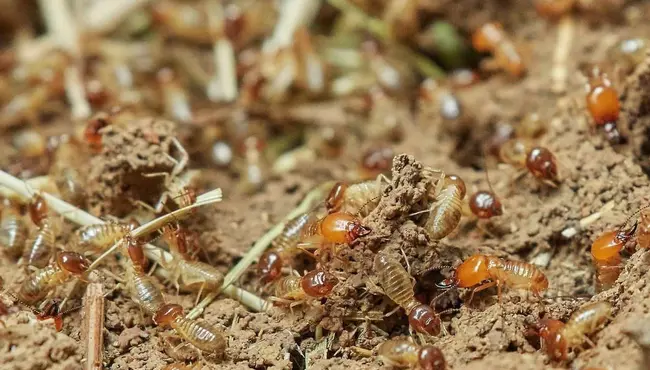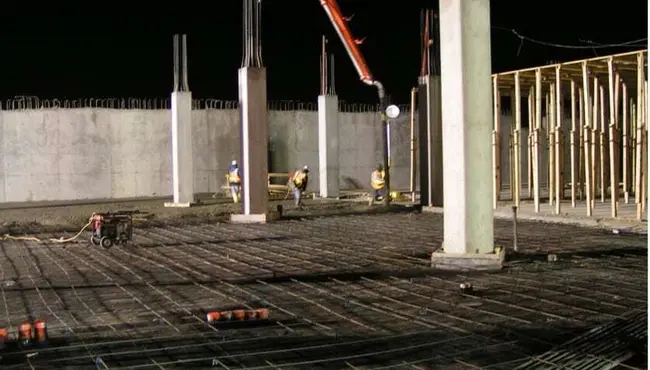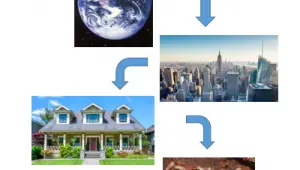
Termites are a major threat to buildings, capable of causing billions of dollars in structural damage each year. For construction professionals and homeowners, selecting termite-resistant building materials provides a long-term solution to protect against infestations.
This guide outlines the most effective materials, prevention strategies, and innovative solutions to ensure lasting defense against termites.
Understanding Termite Behavior and Their Impact on Construction
Termites feed on cellulose, an organic compound found in wood. Subterranean termites, the most destructive species, use mud tubes to access wood above ground, often infesting buildings without immediate detection. Over time, their activity can hollow out structural elements, weakening the building’s stability.
Moisture and direct wood-to-soil contact increase the likelihood of termite infestations. Cracks in foundations or gaps around utility lines also provide easy entry points. Awareness of these behaviors helps construction professionals implement proactive measures to mitigate risks.
Common Termites and Their Impact on Home
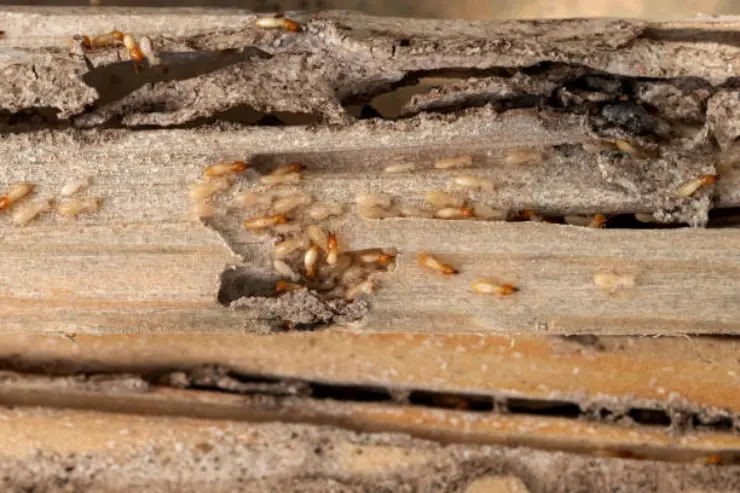
Understanding the specific types of termites that commonly infest homes helps in selecting the right prevention strategies and building materials. Three primary types of termites affect structures:
Subterranean Termites
Subterranean termites are the most widespread and destructive species, known for their extensive underground colonies. They build mud tubes to travel between their nests and wood sources, often entering homes through foundation cracks or utility openings. These termites thrive in moisture-rich environments, making proper drainage and moisture-resistant materials essential for prevention.
Drywood Termites
Unlike subterranean termites, drywood termites do not require soil contact. They infest dry wood, making furniture, structural beams, and attic materials vulnerable. Drywood termites are often identified by the frass (droppings) they leave behind near infested areas. Regular inspections and the use of termite-resistant wood can deter infestations.
Dampwood Termites
Dampwood termites prefer decaying or moisture-laden wood, making them less likely to infest well-maintained homes. However, leaks, poorly drained foundations, or wood exposed to excessive humidity can attract these termites. Materials like pressure-treated lumber and concrete can help minimize the risk.
With these termite types in mind, selecting the right materials and incorporating preventative measures becomes even more critical to ensuring the longevity and safety of a structure.
Materials Naturally Resistant to Termites
Some wood species offer natural resistance to termites, making them excellent choices for construction in vulnerable areas.
Cedar
Cedar contains aromatic oils that act as a natural deterrent to termites, making it ideal for siding, decking, and fencing. These oils also provide some resistance to decay, extending the material’s lifespan.
Redwood
With its dense composition and tannins, redwood is less appealing to termites compared to untreated softwoods. Its durability and resistance to pest damage make it a reliable option for outdoor and structural use.
Teak
Teak’s high oil content and tight grain structure naturally resist both termites and weathering. Commonly used in outdoor furniture and flooring, it combines aesthetics with long-lasting protection.
Engineered Solutions: Treated and Composite Wood Products

Modern treatments and engineered products significantly improve termite resistance, offering practical alternatives to untreated wood.
Pressure-Treated Lumber
This widely used material is treated with preservatives under pressure, repelling termites and resisting decay. Pressure-treated lumber is suitable for framing, decking, and other components that may come into contact with soil.
Composite Materials
By combining wood fibers with plastic, composite materials provide termite-resistant solutions that are also low-maintenance. These are popular choices for decking, fencing, and other exterior applications, offering durability without susceptibility to pest damage.
While wood and engineered materials are effective, non-wood materials can provide an even greater level of termite protection for critical structural elements.
Non-Wood Building Materials for Termite Protection
Incorporating non-wood alternatives is a strategic approach to reducing termite risks while maintaining structural integrity.
Fiber Cement Siding
This blend of cement, sand, and cellulose fibers is impervious to termites. Fiber cement siding mimics the appearance of wood while offering durability and minimal upkeep.
Concrete and Steel
Concrete foundations and steel framing are inherently termite-proof, making them excellent choices for load-bearing structures. Insulated Concrete Form (ICF) homes, which utilize concrete cores for structural support, are particularly resistant to termite infestations due to their solid construction and lack of organic materials.
Pairing these materials with Polyguard’s Termite Barrier Systems offers an added layer of protection, combining non-chemical termite barriers with advanced waterproofing solutions. This synergy ensures long-term durability and pest resistance, making it ideal for modern construction.
Aluminum and Other Metals
For applications such as window and door frames, aluminum and other metals provide lightweight, corrosion-resistant, and termite-proof options. They are particularly well-suited to modern designs and high-performance construction.
Beyond material choices, combining these solutions with preventative strategies during construction can create a comprehensive defense against termite infestations.
Strategies for Termite Prevention in Construction

Implementing termite-resistant materials is most effective when paired with preventative practices during new construction and supported by regular maintenance.
Site Preparation
Proper site preparation minimizes the risk of termite intrusion. Grading the site to direct water away from foundations prevents moisture buildup, while clearing wood debris and vegetation near structures removes termite attractants.
Barrier Systems
Physical barriers are a proven method for preventing termite entry, providing long-term protection for foundations and structures. Options like Polyguard’s solutions to prevent termites and pests combine waterproofing with termite resistance, ensuring dual-layer defense against pests and moisture.
While these solutions involve an upfront investment, the long-term savings in termite-related repair costs make them a cost-effective choice for both residential and commercial projects.
Maintenance Tips
Regular inspections are crucial for identifying vulnerabilities. Sealing cracks, repairing leaks, and maintaining clearance between soil and wood components help prevent termite infestations. Consistent upkeep ensures that even the most durable materials retain their effectiveness over time.
Polyguard’s Advanced Solutions for Termite Prevention
Polyguard offers a range of advanced solutions designed to provide comprehensive protection against termites and moisture in construction projects.
Underlab TRM: This barrier is installed beneath concrete slabs to block both water and termites. It elongates to accommodate joint and crack movement and can self-heal small punctures, ensuring long-term durability.
TRM Flashing: Applied where the horizontal concrete slab intersects with exterior sheathing, this flexible membrane prevents termite entry and moisture intrusion at a common entry point. It also serves as a barrier to all insects when properly constructed as part of the building envelope.
650 TRM: This peel-and-stick barrier membrane is used on concrete foundations to block both water and termites. It is highly puncture-resistant, minimizing construction damage, and stretches to accommodate movement of cracks and joints.
By integrating these TERM® Barrier Systems into construction projects, professionals can effectively address the dual challenges of moisture management and pest prevention, ensuring durable and pest-resistant structures.
Protect Your Construction Projects with Polyguard Termite Solutions
Polyguard offers an extensive range of termite prevention solutions designed for the construction industry. By integrating termite-resistant materials with advanced waterproofing systems, you can achieve durable, pest-resistant structures that stand the test of time.
Contact us today for more information.
